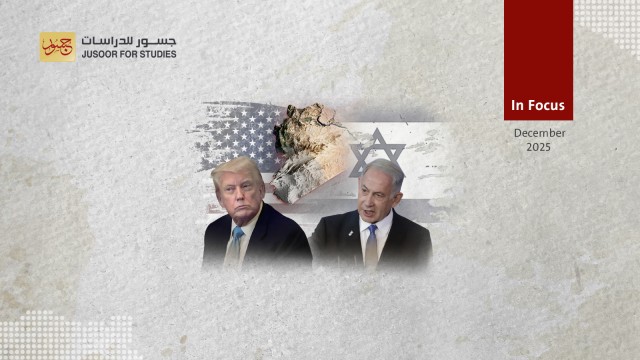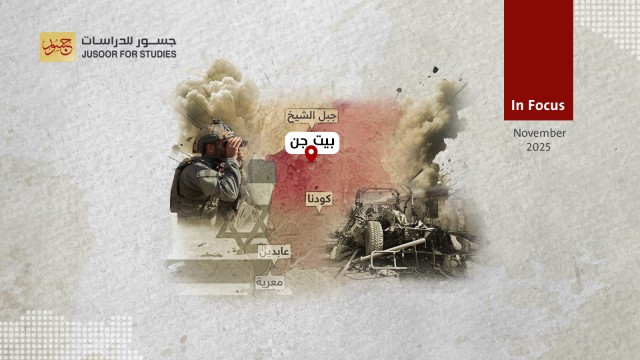Is Iran working to spark war on the Syrian-Israeli front?
On April 8, 2023, the Israeli army announced that it had detected 3 missiles launched from Syria towards the occupied Golan Heights. One day later, Israel responded by launching strikes against Iranian targets located in the southern region of Syria.
It seems that Israel expects Iran to support the Palestinian factions in laying down an infrastructure in Syria in order to target sites inside Israel, whether with missiles or through ground infiltration operations; especially since the reconciliation between the regime and Hamas that Iran sponsored included the reopening of the movement's offices in Damascus and perhaps training camps.
Iran is really able to escalate against Israel and the United States from Syria because the Iranian forces and proxies deployed in strategic military sites across the south and east of Syria; especially since Tehran from the early days of its intervention in Syria has been keen to strengthen its influence in the aforementioned regions. This is not because deploying in theses areas serves Tehran’s project in the region, but also these regions provide Iran with a geopolitical importance for gaining military influence over its opponents.
Using southern Syrian regions by Iran to bomb the occupied Golan, coinciding with the escalation in Al-Aqsa, the Gaza Strip, and southern Lebanon, means that Tehran makes it clear that it might spark a war on the Syrian front. In other words, Iran is trying to show the size of its forces, the extent of its deployment areas, and its ability to influence militarily from the Syrian arena. Iran also intends to show that it is able to expand the range of its military points, from which it can launch attacks as happened during the recent escalation.
Despite this fact, however, it is not possible, nor does it seem to be in favour of Iran, to go too far in any current escalation to the stage of igniting the "Syrian-Israeli" front for many reasons, most notably:
- Efforts to ignite a war on the northern front undermine Iran's endeavours to normalize the Syrian regime's relations with its Arab surroundings, especially since one of the most important conditions for normalizing relations is to reduce the activities of Iranian militias in the south of Syria is completely inconsistent with any escalation that might erupt from the governorates of Daraa and Quneitra.
- Furthermore, the efforts to spark a war on the northern front greatly affect the breakthroughs that Iran has already achieved in the regional calm, especially after the agreement with Saudi Arabia under Chinese auspices, by which Iran aims to open the way for diplomacy in order to reap economic benefits instead of resuming waging wars that drained Tehran’ capacities and affected Iranians their standard of living.
As a result, it can be said: The increase or decrease in the controlled and regular escalation that governs the Iranian military situation in Syria is commensurate with Iran's influence in the region and the objectives of its current foreign policy, that is, without slipping into a comprehensive confrontation starting from the Syrian front.
This also applies to the Iranian escalation against the United States, especially after the missile and air strikes carried out by the Iranian-affiliated militias against the American bases in eastern Syria in April 2023. Such strikes are often used by Iran to achieve political gains, especially those related to the resumption of negotiations on the nuclear programme.








